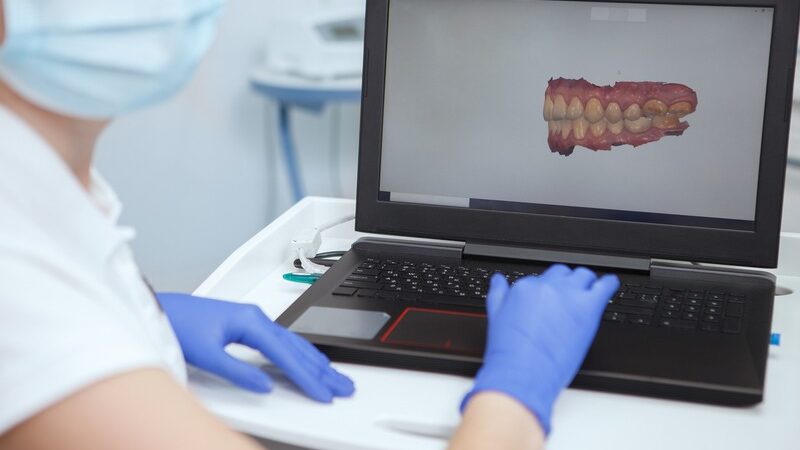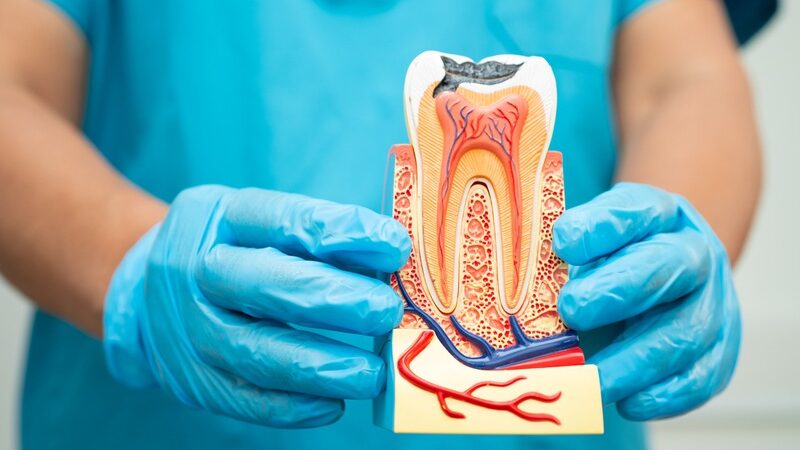Understanding dental procedures can be a bit overwhelming if you’re not familiar with what goes on in a dental office. Whether you’re visiting for a routine check-up or facing a more complex procedure, having this guide at your fingertips can help you understand the process. Let’s look into the world of dental care and explore the most common procedures that dentists perform every day.
1. Dental Cleanings
Dental cleanings are the backbone of maintaining good oral health. It’s the procedure you’re likely most familiar with, as it’s recommended that you visit your dentist for a cleaning at least twice a year.
What to Expect During a Cleaning
During a cleaning appointment, the dental hygienist will:
-
Remove plaque and tartar buildup
-
Polish your teeth for a smooth surface
-
Conduct a thorough flossing
-
Assess your gums for any signs of disease
2. Fillings for Cavities
If you’ve ever had a cavity, you’re probably familiar with fillings. This procedure is essential for restoring decayed teeth and preventing further damage.
Types of Filling Materials
Several materials can be used for fillings, including:
-
Composite resins: These match the color of your teeth
-
Amalgam: A durable mix of metals
-
Gold: Perhaps the most durable but also expensive
-
Porcelain: Matches the natural tooth color closely
Your dentist will recommend the best type based on your specific needs and budget.
3. Root Canal Treatments
Root canals often get a bad rap, but they’re incredibly beneficial for saving teeth that might otherwise be lost. Root canal therapy involves removing the infected pulp within a tooth and sealing it to protect against future infection. This procedure can relieve pain and ensure the longevity of the affected tooth, sparing it from extraction.
4. Dental Implants
Dental implants are a fantastic solution for missing teeth, providing a long-lasting and natural-looking replacement. They are surgically placed into the jawbone and serve as the root for a false tooth or bridge. Discussing affordable dental implants with your dentist could open up possibilities you hadn’t considered, making it possible to reclaim your confident smile without breaking the bank.
5. Teeth Whitening for a Bright Smile
Who doesn’t want a brighter smile? Teeth whitening is one of the most sought-after cosmetic dental procedures. It’s quick, non-invasive, and can be done in-office or at home with dentist-provided kits.
In-Office Whitening vs. At-Home Kits
-
In-Office Whitening: Offers quicker results with higher concentration bleaching gel.
-
At-Home Kits: Provide more gradual whitening, which is more suitable for those with sensitive teeth.
6. Wisdom Teeth Extractions
Having your wisdom teeth removed is almost a rite of passage for many young adults. These third molars often need extraction due to improper alignment or because they’re impacted.
Signs You May Need Extraction
Some indicators that wisdom tooth extraction may be necessary include:
-
Pain at the back of the mouth
-
Swelling around the gums
-
Frequent infections
-
Cysts around the teeth
Your dentist can guide you on whether extraction is the right step for you.
7. Braces in Orthodontic Procedures
Braces are not just for kids anymore. Many adults are opting for this orthodontic treatment to perfect their smiles. In addition to traditional metal braces, there are now ceramic and clear aligners, which are far less noticeable.
Types of Braces
-
Metal Braces: Strong and effective for all corrections
-
Ceramic Braces: Blend with the teeth, making them less visible
-
Clear Aligners: Removable options for less visible treatment
8. Preventive Treatments for Oral Health
Preventive care is crucial to maintaining a healthy mouth. Regular visits to your dentist and daily oral hygiene practices play a major role in this.
Preventive Measures to Consider
-
Dental sealants for children’s teeth to prevent decay
-
Fluoride treatments to strengthen enamel
-
Regular oral cancer screenings
9. Cosmetic Procedures
Cosmetic dentistry isn’t just about appearances—it’s about confidence. Procedures such as veneers and bonding can transform smiles with minor imperfections.
Common Cosmetic Treatments
-
Veneers: Thin coverings placed over the front of the teeth
-
Bonding: Used to repair chips or cracks with a tooth-colored resin
-
Gum Contouring: Adjusts the gum line for a balanced look
10. Gum Disease Treatment
Gum disease, also known as periodontal disease, is a serious condition that can lead to tooth loss if left untreated. It starts with gum inflammation, known as gingivitis, and can progress to more severe stages if not addressed promptly. Treating gum disease is essential for maintaining overall oral health and can even impact your general health.
Stages and Treatment of Gum Disease
-
Gingivitis: The earliest stage, characterized by red, swollen gums that may bleed during brushing. Treatment often involves professional cleaning and improved oral hygiene practices.
-
Periodontitis: If gingivitis is not treated, it can advance to periodontitis, where gums pull away from the teeth, forming pockets that become infected. Treatment may include scaling and root planing, as well as a deep-cleaning procedure to remove bacteria and tartar from below the gum line.
-
Advanced Periodontitis: In the most severe stage, the tissue and bone supporting the teeth are destroyed. Surgical interventions, such as flap surgery or bone grafts, might be necessary to restore supportive structures.
Early detection and treatment of gum disease can prevent significant complications and promote healthier gums and teeth. Regular check-ups and good oral hygiene are vital in preventing and managing this condition.
Don’t hesitate to ask your dentist questions, and remember, regular check-ups are key to a healthy, beautiful smile. When in doubt, you can always reach out to an Owings Mills dental office for expert advice and top-notch care.
Wrap Up
Dental procedures, whether preventive, restorative, or cosmetic, play an essential role in maintaining and enhancing our oral health. By understanding these common procedures, you can enter your appointments with confidence and make informed decisions about your dental care.






